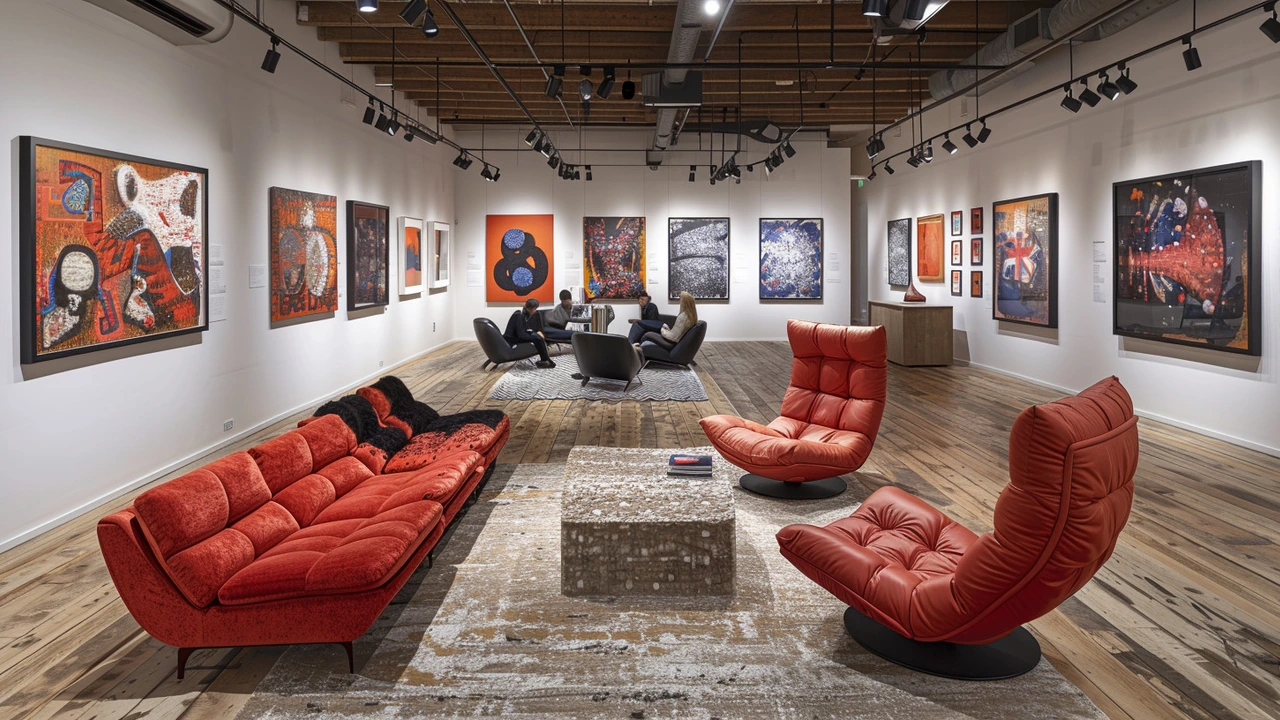Breaking Norms: How Artists Push Boundaries and Why It Matters
Art that breaks rules doesn’t exist to shock for shock’s sake. It forces us to see familiar things differently, to question comfort, and to remake how cities, homes, and screens look and feel. From Fluxus performances that turned chores into theater to Bauhaus furniture that stripped beauty down to use, breaking norms changed everyday life—not just galleries.
Want a quick map? Look at Cubism reshaping form, Futurism rewiring speed and tech, and Photorealism challenging what counts as skill. Land art takes art out of museums and into parks. Constructivism mixed design with politics. Each move broke a rule and created new rules that stuck.
How breaking norms works in real projects
Artists break norms by shifting one simple factor: process, material, place, or purpose. Process changes show up in painting styles like Abstract Expressionism’s wild gestures. Material swaps become things like installation art using trash, light, or scent. Place changes mean taking art into streets or building facades, as land art does. Purpose shifts turn art into protest, product, or playful experiment—Fluxus made jokes into serious work.
If you want to try this as a creator, pick one factor and flip it. Paint with a tool you hate. Design a chair that folds into a lamp. Use a public bench as a stage. The constraint forces new ideas faster than waiting for inspiration.
Practical tips for collectors, curators, and makers
Collectors: buy what unsettles you. The pieces that make you think differently often grow in value and meaning. Curators: ask where an artwork belongs outside museums. Installations and land art invite new viewers and new conversations. Makers: test the awkward first. A failed experiment that teaches you one thing is worth more than a safe project that repeats the same moves.
Breaking norms also shapes design and daily life. Bauhaus principles influence apps and furniture. Avant-garde home decor adds surprise and personality to rooms. Futurism ideas show up in smart city planning and game design. Even Baroque details return as dramatic accents in modern interiors. These crossovers prove boundary-breaking isn't niche; it's practical.
Concerned about backlash? Expect it. When Cubism and early modern movements first appeared, audiences called them ugly or immoral. That resistance shows you are on the right path. Use clear context—labels, wall text, or social posts—to help viewers meet the work halfway.
Breaking norms is a habit, not a single act. Practice small reversals often: swap tools, change where you show work, mix unexpected materials, or borrow a style from a different era. Over time those tiny flips add up and push your art, space, or city into new territory.
Want quick next steps? Visit posts on Fluxus, Bauhaus, Photorealism, Land Art, and Futurism to see real examples. Try three small experiments this month: one process swap, one material swap, one place swap. Photograph results, write one line about what surprised you, and share it online. Repeat monthly and watch your work change. Keep pushing the limits.

